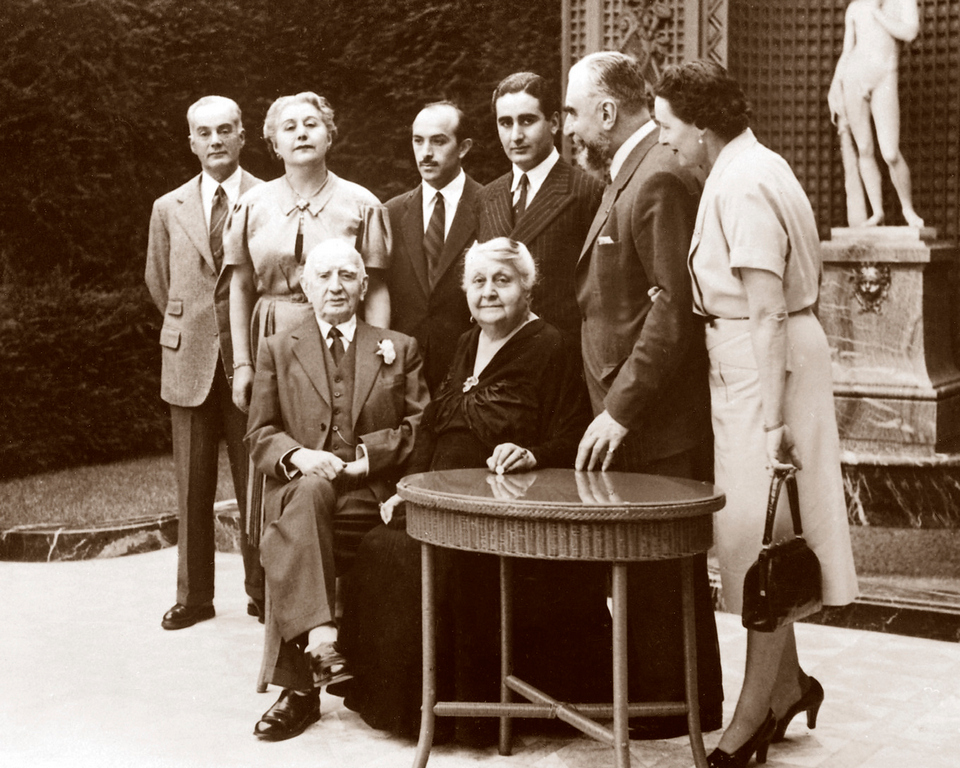Never in modern history has one man owned so much
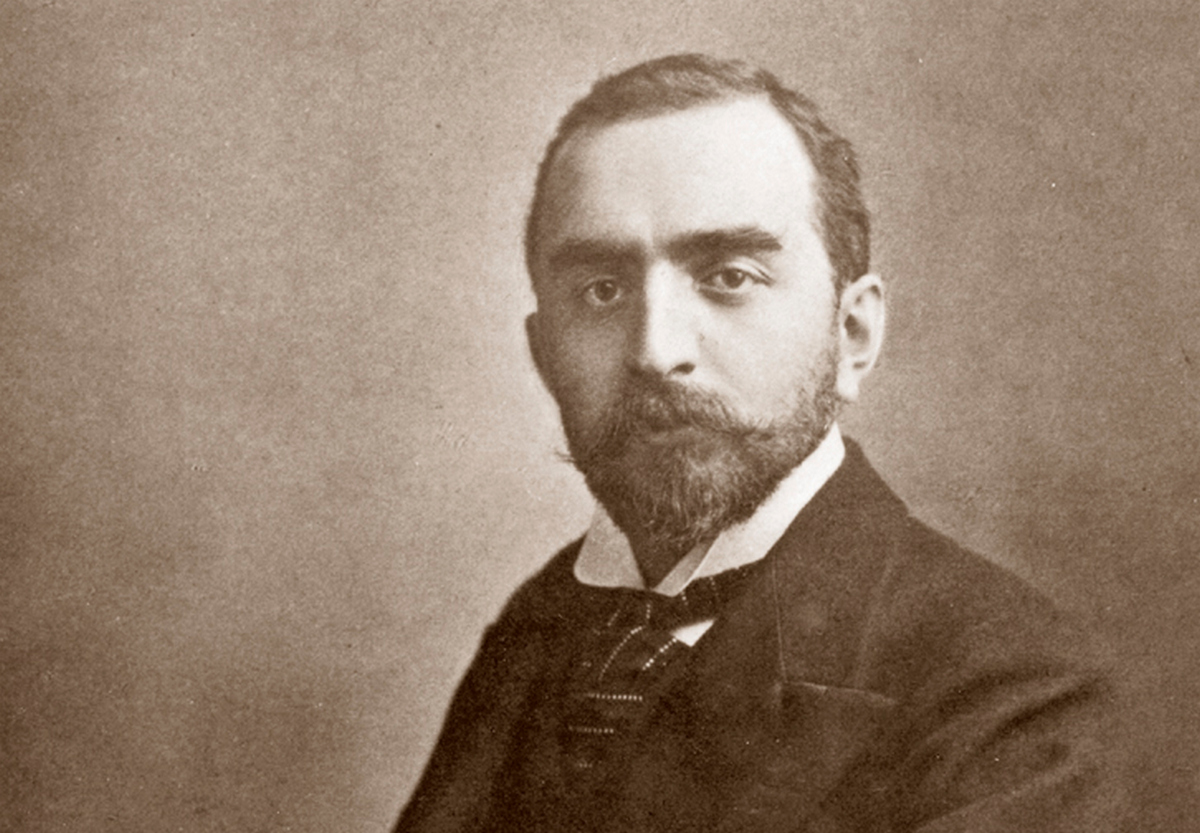
Calouste Gulbenkian, an Armenian born in Constantinople, a British citizen and a citizen of Paris, a buyer of Russian art treasures, the ambassador of Iran in Vichy and finally a resident of a luxurious Lisbon hotel and at that time, one of the richest people in the world, makes for a great life story that marked the second half of the 19th and the first half of the 20th century.
I was on a TAP’s night flight from Belgrade to Lisbon in 2014 before Air Serbia relaunched the direct flight. It was my third trip to Portugal and it was the first time that my attention was drawn to the Armenian surname written on the screen in front of my seat – the Calouste Gulbenikian Museum.
How come there is a museum dedicated to an Armenian in Lisbon? Who was Calouste Sarkis Gulbenkian? He was born in 1869 in a rich Armenian family in Constantinople, today’s Istanbul. His father Sarkis was close to the Turkish sultans and in 1860 he already owned several oil fields in Baku, in today’s Azerbaijan.
After attending Armenian and French schools in Constantinople, Calouste’s father sent him to Marseille at the age of 15 to perfect his French. Of course, it did not come as a surprise that after Marseille he went to King’s College in London to study petroleum engineering.
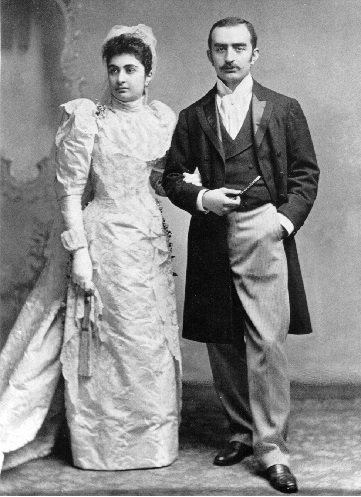
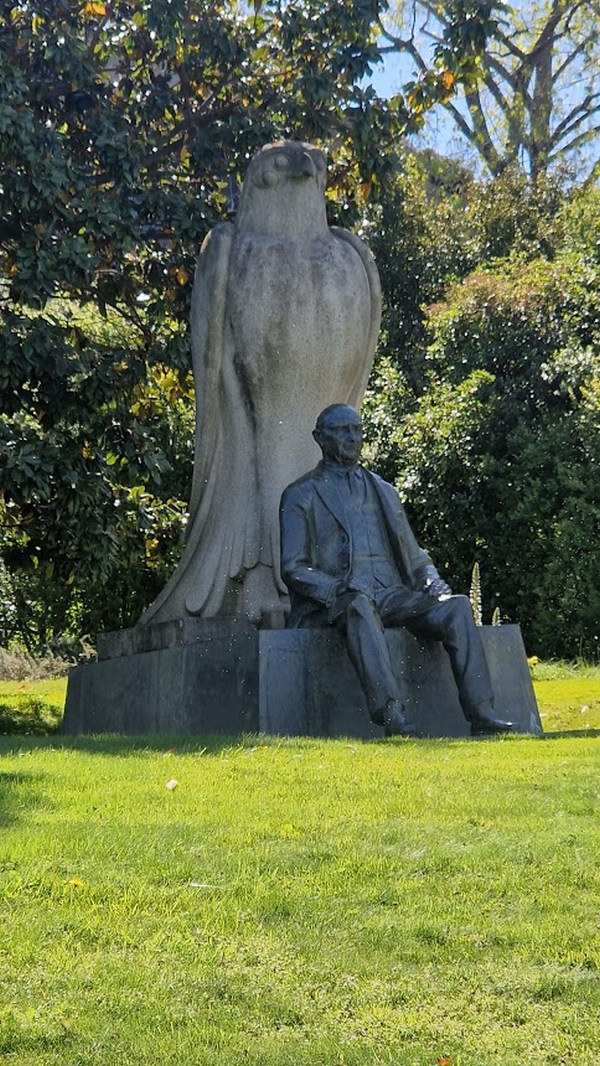
During his lifetime, Gulbenkian collected over 6,400 works of art.
The entire Gulbenkian family left Turkey in 1896 after the Hamidian massacre of 1895, one of the numerous pogroms that the Armenians suffered in the Ottoman Empire. From there he went to Cairo where he met many influential people who, in the next few years, would make him the most successful oil magnate of the Old World and one of the richest people of his time whose assets before his death in 1955 were estimated to be worth 840 million dollars, which is equivalent to ten times the amount today.
He was known by the nickname “Mr Five Percent” because of his stake in a large number of oil companies around the world. And he was remembered for his famous quote: “Better a small slice of a big pie than a big slice of a small one!”
“Better a small slice of a big pie than a big slice of a small one!”
In the 1920s, Gulbenkian started spending his vast fortune on purchasing numerous works of art. Famous is his acquisition of paintings from the Hermitage treasures when the Soviets decided to sell part of the national treasure in order to get “hard currency” and oil, much needed for the accelerated industrialization they proclaimed in their first “Five Year Plan”.
His three-story Parisian home on Avenue d’Iéna was crammed with artwork from the basement to the roof. As a naturalized citizen of the United Kingdom, Gulbenkian donated part of his collection to the London National Gallery and several Egyptian statues to the British Museum.
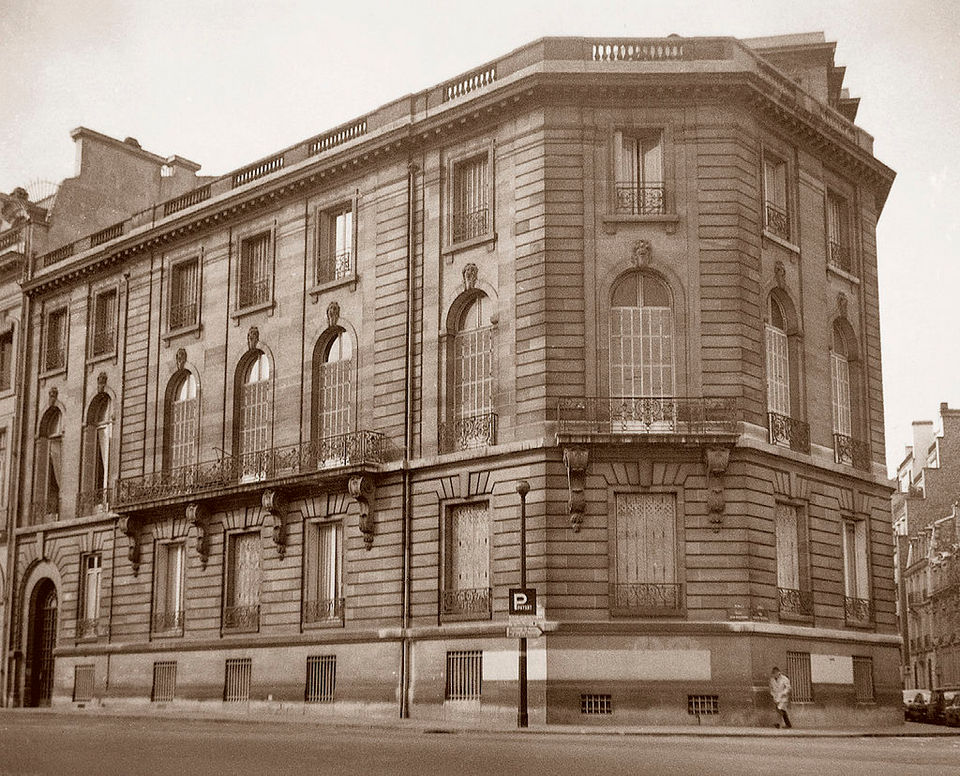
“Never in modern history has one man owned so much,” wrote an art expert in 1950 in Life magazine describing Gulbenkian’s art collection.
During his lifetime, Gulbenkian collected over 6,400 works of art.
After the Germans entered Paris in the summer of 1940, Gulbenkian retreated with the French government to Vichy where, as the Iranian ambassador, he would cooperate with Pétain’s collaborationist regime, which was enough for London to declare him an “enemy of the Allies” and confiscate all his assets in Great Britain.
At a diplomatic reception in Vichy in the summer of 1942, the ambassador of Salazar’s Portugal approached him and asked: “Why don’t you come to us? We are neutral. Your wealth will be safe with us!”
Gulbenkian heeded his advice. They say that the scene of several dozen Rolls-Royces and other luxury cars loaded with works of art crossing the Pyrenees and travelling from Vichy through Spain to Lisbon was completely cinematic.
During his lifetime, Gulbenkian collected over 6,400 works of art
There, in Lisbon, in an apartment of the luxurious Aviz Hotel, he spent his last 13 years, until he died in 1955. After his death, the Calouste Gulbenkian Museum formed a foundation. Gulbenkian’s fabulous works of art from his collection – from antiquity, through great pieces of Islamic art, to Dutch masters and Renoir, Monet and Degas – are now exhibited at the eponymous Museum.
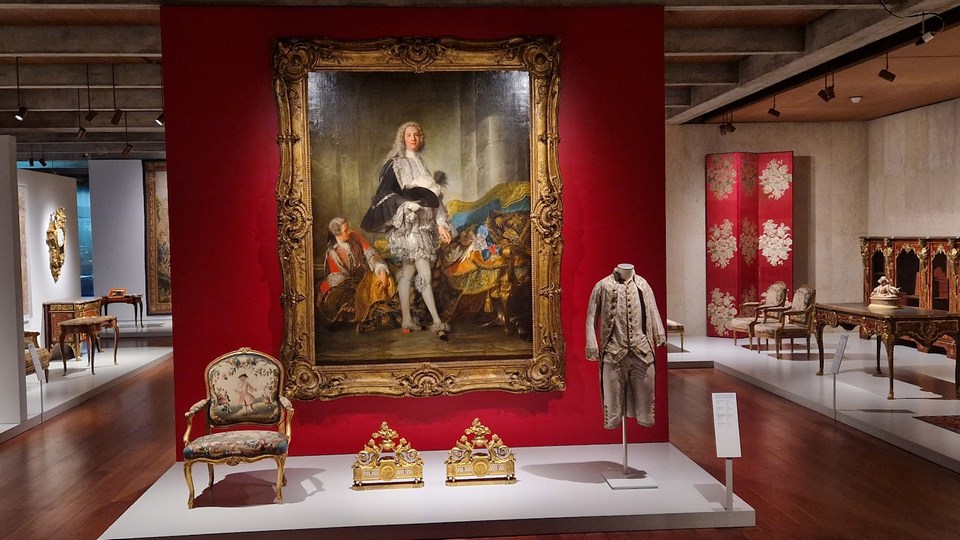
An Armenian born in Constantinople, a British citizen and a citizen of Paris, a buyer of Russian art treasures, the ambassador of Iran in Vichy and finally a resident of a luxurious Lisbon hotel and at that time, one of the richest people in the world, makes for a great life story that marked the second half of the 19th and the first half of the 20th century. It is simply incredible to think that neither Armenia nor Portugal nor Hollywood made a feature film about his exciting life.
The life of Calouste’s son Nubar, who started his career as an unpaid worker in his father’s company, was no less colourful. After a bizarre incident when the company refused to lend him $4.50 for lunch, he sued his father for $10 million. The incident led to Calouste’s decision to leave his property, artwork and money to the Calouste Gulbenkian Foundation.
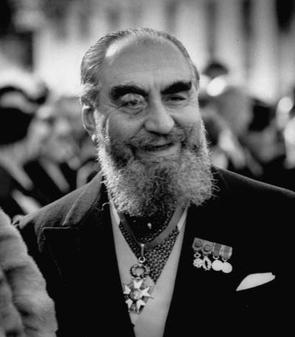
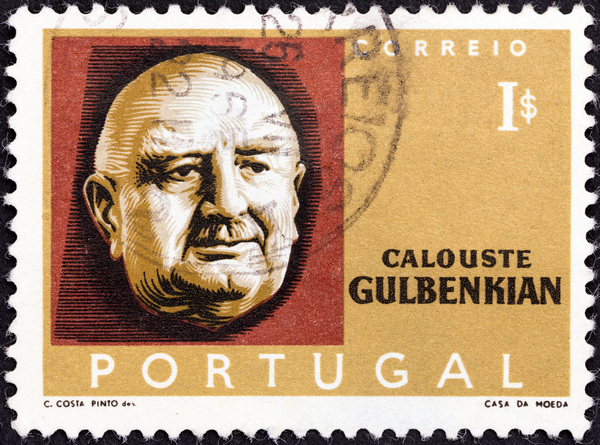
However, Nubar inherited $2.5 million from his stepfather, which allowed him to live an extravagant life, characteristic of the “second generation”. Nubar’s long grey beard, pipe, monocle and orchid tucked into his jacket lapel were his trademarks. “Nubar is so persistent that he easily tires out three stock brokers, three horses and three women a day!” – this is how one friend described him. Nubar owned a collection of luxury cars and was also a famous gourmet: “The ideal number of people at dinner is two. Me and one damn good waiter!” He married three times but had no children. He died in the English Hospital in Cannes in 1972.
When I once told Princess Jelisaveta Karadjordjević about my encounter with the biography of the Gulbenkian family, she laughed: “Oh yes, I met Nubar. It was in Estoril. I remember him because of his big white beard that floated to the surface of the water while he was bathing!”
